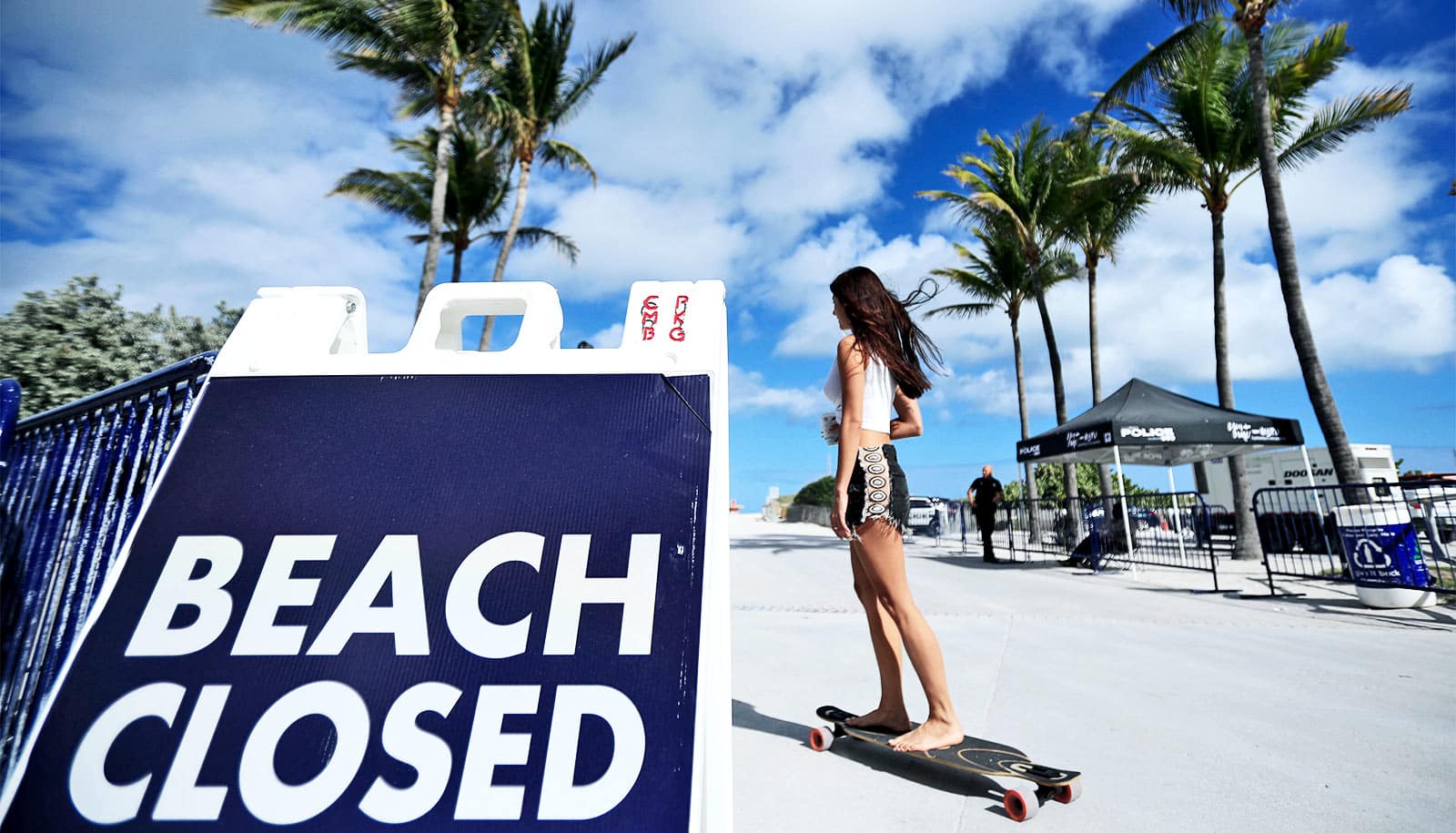A new study highlights the importance of effective communication when public officials issue stay-at-home orders during the COVID-19 pandemic.
“The efforts of compliant individuals should not be taken for granted.”
When officials presented Italians self-isolating during the country’s COVID-19 outbreak with a hypothetical situation in which orders to remain at home would remain for shorter periods than they had expected, they expressed more willingness to stay in isolation.
But people negatively surprised to hear that the hypothetical extensions of the orders would last longer than they had anticipated said they were less willing to maintain or increase their isolation.
The working paper sheds new light on people’s willingness to self-isolate, says Mario Macis, an economist at Johns Hopkins University.
Here, Macis talks about the current US social distancing policies, the psychological impact of long-term isolation, and whether it’s wise for officials to issue deadlines or dates when normal activities can resume:
Was the main finding of the study surprising to you at all?
More than surprising, it was eye-opening. When stay-at-home orders were extended longer than expected, people become less willing to increase and more likely to decrease self-isolation efforts.
The result was stronger for individuals who were already fully complying with the recommended self-isolation measures (including not leaving the house except for emergencies). This was the eye-opening part. The efforts of compliant individuals should not be taken for granted.
How would you evaluate US social distancing policies to date, at both the federal and state levels?
We are way past a situation with few isolated outbreaks, and I think authorities are becoming more and more aware that the response requires coordinated efforts that go beyond single communities and states.
I was glad to see that in spite of a lack of nationwide standards, the governors of New York, New Jersey, and Connecticut quickly coordinated their actions and adopted a uniform approach to social distancing. Today at least 30 states have stay-at-home orders in place, and that is good.
Is it a wise approach to set any kind of “all clear” time, whether it’s Easter or mid-summer or next spring? Should government leaders leave the date open-ended?
Our study shows that negative surprises can jeopardize compliance with social-distancing measures. The epidemic is severe, and there is fundamental uncertainty about how long these measures would need to stay in place to be effective. Therefore, a prudent approach would require making people aware that this could be a protracted effort.
This does not mean leaving the date open-ended, but just transparently communicating that people should get ready for a prolonged self-isolation period.
Emphasizing that the measures will end by a certain date might generate falsely optimistic expectations, which might then translate into disappointment when the measures are extended.
Were strong enforcement policies such as fines and geo-tracking effective in Italy? Do you think they could work in the US?
Strong enforcement policies such as fines for transgressors can be important signals. Italy and many US states and cities are using them to reinforce the message that people need to stay home.
However, it is unclear that compliance can be achieved with fines alone. Plus, monitoring and enforcement are costly. There is a role for communication, persuasion, and expectations-management.
Some people argue that the price of long-term self-isolation is made more costly by the negative psychological impact on individuals. Is there a reasonable way to balance these concerns? Or is the negative psychological impact part of the collateral damage of taming the pandemic?
Yes, self-isolation is costly, both economically and psychologically. We can enact policies to mitigate those costs, but it is clear that the epidemic made everybody worse off.
The finding from our study that fully compliant individuals might reduce their efforts if the restrictions are extended for longer than expected highlights that “social isolation fatigue” might indeed be at play. This is one reason why managing expectations is so important.
Source: Johns Hopkins University



